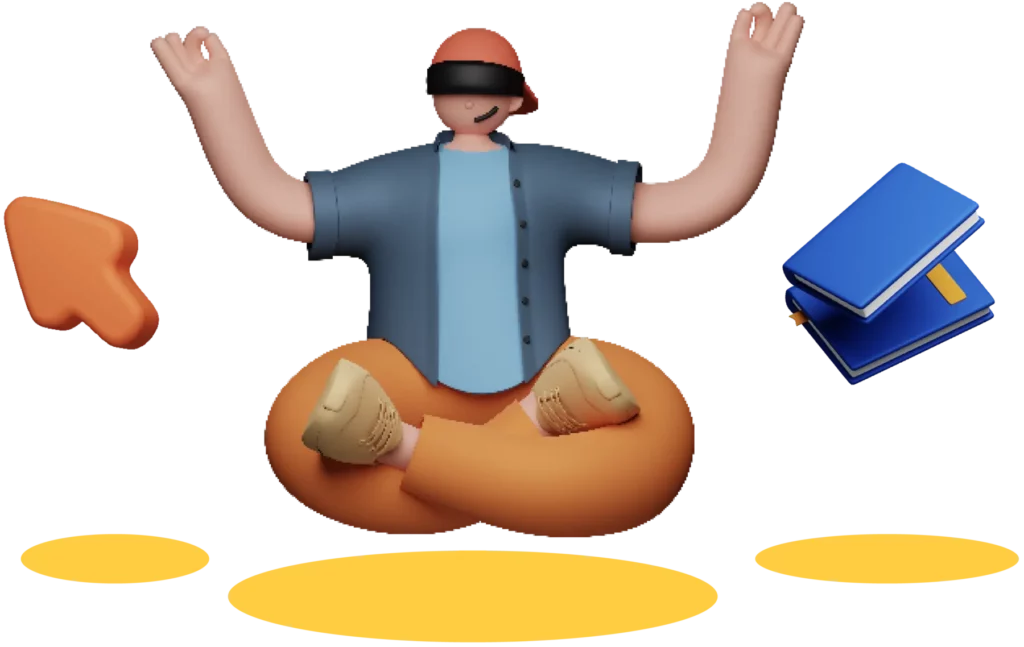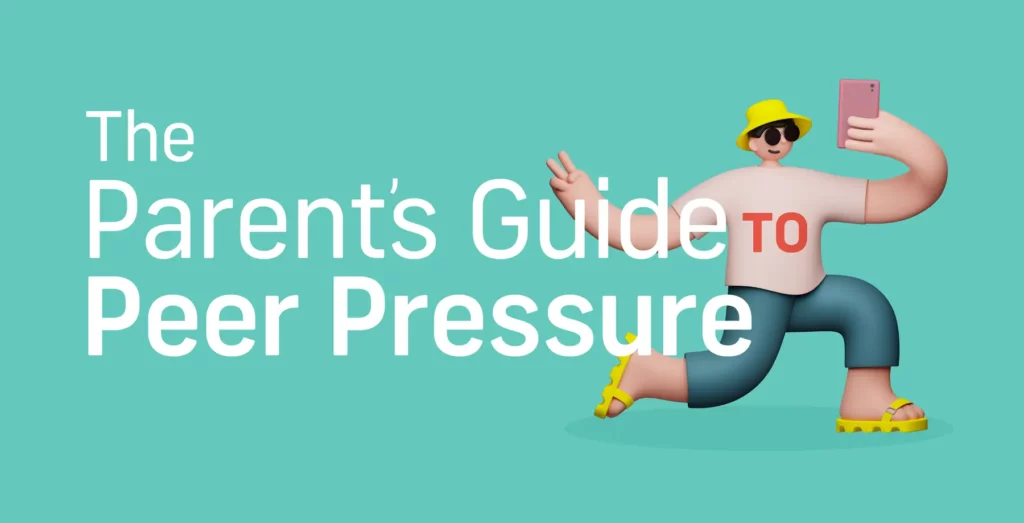Hello, wonderful parents!
Today, we’re diving into a topic that’s close to the hearts of many mums and dads: peer pressure. Whether online or offline, peer pressure is a reality for our children, and it’s up to us to equip them with the tools and confidence they need to handle it. In our most recent Parents Poll, 64% of you shared that issues around peer pressure and bullying are the things keeping you up at night. This guide will help you understand peer pressure better and provide you with practical strategies to support your children at every stage of their development. Let’s get started!
Understanding Peer Pressure
Peer pressure is a powerful force that can influence our children’s choices and behaviours. It’s the feeling of being pushed to do something by friends or classmates. Sometimes, peer pressure can be positive, like encouraging good study habits, but often it can lead to negative behaviours, like bullying or trying risky activities.
Children of different ages experience peer pressure in unique ways. As parents, understanding these differences helps us better support our kids. Let’s break it down by age groups: early childhood, tweens, and teenagers.
Children of different ages experience peer pressure in unique ways. As parents, understanding these differences helps us better support our kids. Let’s break it down by age groups: early childhood, tweens, and teenagers.


Pre-school to Early Primary School
Pre-school to Early Primary School
In early childhood, peer interactions are often about learning to share and play together. Peer pressure at this age might look like a child feeling left out if they don’t want to play a particular game or share a toy.
Strategies for Parents
Teach Assertiveness
Help your child practise saying no in a polite but firm way. Use role-playing at home to give them the words they need. For example, “No, thank you, I don’t want to play that game right now.
Role-Playing
Create scenarios where your child can practise responding to peer pressure. Act out different situations and guide them on how to respond. For instance, if a friend asks them to do something they don’t want to do, they could say, “I don’t feel like doing that, let’s do something else.” We’ve put together this downloadable guide to help you get started.
Open Communication
Encourage your child to talk about their feelings and experiences with you. Ask open-ended questions like, “What happened at school today that made you happy or sad?” This helps them feel comfortable discussing peer interactions.

Peer Pressure in Tweens
Years 4 to 7
As children enter the tween years, peer relationships become more complex. They start caring more about fitting in and may face pressure to conform to social norms, like fashion trends or joining social media.
Strategies for Parents
Build Self-Esteem
Encourage your child to engage in activities they enjoy and excel at. Help them discover and develop their talents. Praise their efforts and accomplishments regularly to build their confidence. We’ve put together a downloadable worksheet to help you build their confidence, towards the bottom of this article.
Set Boundaries
Be clear about your expectations regarding behaviour and online activity. Explain why certain rules are in place and involve them in setting these boundaries to ensure they understand and agree with them.
Monitor Online Interactions
Keep an eye on your child’s social media use and discuss digital safety. Use parental control apps and regularly review their online activity together to teach them about responsible internet use.

Peer Pressure in Teenagers
Years 8 to 12
The teenage years bring heightened peer influence, often involving riskier behaviours. Teenagers might feel pressure to engage in activities like drinking, smoking, or academic dishonesty.
Strategies for Parents
Critical Thinking
Teach your teen to think critically about the consequences of their actions. Discuss real-life scenarios and potential outcomes. For example, talk about what could happen if they were to engage in underage drinking.
Open Communication
Keep talking with your teen about their experiences and feelings. Use open-ended questions to encourage them to share more about their daily life and peer interactions.
Positive Peer Groups
Encourage involvement in clubs or sports where they can find supportive friends. Help them understand the importance of choosing friends who respect their values and boundaries.
Recognise Signs
Be aware of changes in behaviour that might indicate negative peer pressure or bullying. Look for signs such as withdrawal from activities they used to enjoy, changes in mood, or declining grades, and address these concerns promptly.

Tools and Resources
We’ve compiled some handy worksheets and links for you to get started on this challenging, but hopefully rewarding journey.
We’ve compiled some handy worksheets and links for you to get started on this challenging, but hopefully rewarding journey.
Role-Playing Scenarios
Printable sheets with common peer pressure situations and suggested responses.
Confidence-Building Worksheets
Activities designed to boost self-esteem and assertiveness.
Digital Monitoring Tools
Family-focused tools to help you look out for them while they navigate online.
Dealing with peer pressure is an ongoing journey, but with the right tools and support, we can help our children navigate these challenges with confidence. Stay involved, keep communication lines open, and encourage your kids to be themselves. Together, we can empower them to face peer pressure head-on and thrive.
Remember, parents, you’re not alone in this. We’re in it together, supporting our children every step of the way.
Happy parenting!
